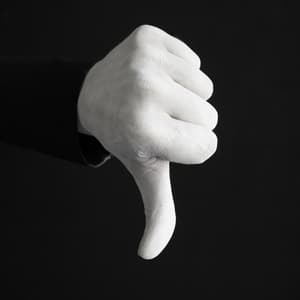A decade on, the world has watched on as Armstrong’s championship cycling career has been gutted by damning evidence alleging decades of performance enhancing drug use, resulting in a dramatic end to whom many viewed as a ‘hero’.
Lance Armstrong personified discipline, willpower and perseverance. His feat of winning seven consecutive titles at the Tour de France, perhaps the world’s toughest sporting event, saw him bestride the sport of cycling like an almighty sovereign between 1999 and 2005.
Armstrong’s triumphs seemed all the more remarkable given his testicular cancer diagnosis in 1996, followed by his extraordinary recovery against all odds. Armstrong’s heroic story gave hope to millions of people across the world and attracted lucrative sponsorship deals with global corporations.
But then came the fall from grace.
A decade on, the world has watched on as Armstrong’s championship cycling career has been gutted by damning evidence alleging decades of performance enhancing drug use, resulting in a dramatic end to whom many viewed as a ‘hero’.
Cycling’s governing body has stripped Armstrong of all seven Tour de France titles and banned him for life. Armstrong has lost nearly all of is current sponsors – Nike, Trek Bicycles, Oakley Sunglasses, Anheuser-Busch, and he has also stepped down as Chairman of his $100 million Livestrong Foundation.
Armstrong’s fall from grace has only proven that any attempt at positive spin, or all the public relations initiatives in the world, simply aren’t enough to overcome the revelations of the last several weeks.
And although it took more than a decade, Armstrong is quickly learning what all clients facing damaging allegations about their brand need to know: public relations can’t conceal evidence, and can only re-direct the dialogue for so long.
Without taking sides, we can learn from Armstrong’s turbo-charged spin machine:
DO:
- Beat the media to the punch and be proactive around the issue yourself. Taking responsibility and informing the public is far more likely to end in a positive PR spin. This will also give you control over what information is made available to the media where you and your brand are concerned.
- Invest your efforts into responding to the issue at hand before it becomes news. Controlling bad PR is much easier if you can prove to the public that you acted to fix the problem as soon as you became aware of it.
- Go public with your reaction to the problem. If you are in a position to announce that you had a problem but you’ve actively resolved it, you’ll receive better PR than if the media were to simply break news about the problem itself. If you aren’t able to resolve the problem quickly, inform the media of the steps you are taking to remedy the situation.
- When dealing with the media, communicate openly. Be accessible to address questions and always meet required deadlines.
- Talk positives as often as possible! Although you need to address any rumours, innuendos or misinformation in the media, the best approach is to take the high ground and ensure the focus is on your organisation’s strengths.
- Be transparent. This cannot be stressed enough. The more transparent you are, the easier it is for people to trust your side of the story.
- Social media has the power to accelerate and amplify your message and your credibility (or lack thereof). A brand’s social media should always be accounted for within damage control plans.
- Have a contingency plan in place. It’s important that all parties know what steps to take incase ‘the sh#t hits the fan!’.
DON’T:
- Lie. Consider this the number one rule for damage control. If discovered, you’ll lose serious credibility and set your brand back tenfold.
- Wait for the media to hunt you down. Approaching the media first to tell your story and highlight your awareness of the issue, along with your willingness to be publicly scrutinised, will allow you to take control of the situation.
- Assume that people will automatically dismiss bad press just because your brand is successful or well-liked.
- Repeat negative comments or press. Repeating accusations only fuels the fire and brings bad press back to people’s attention.
Good luck protecting your brand! It takes years to build, but only a day to destroy, so be prepared!

